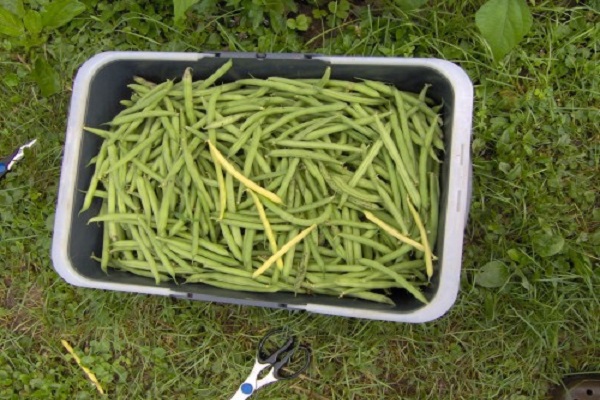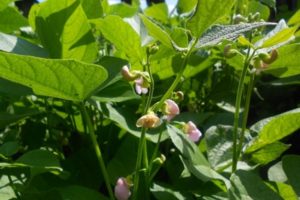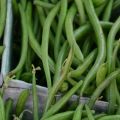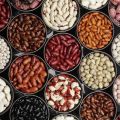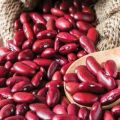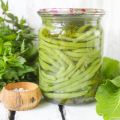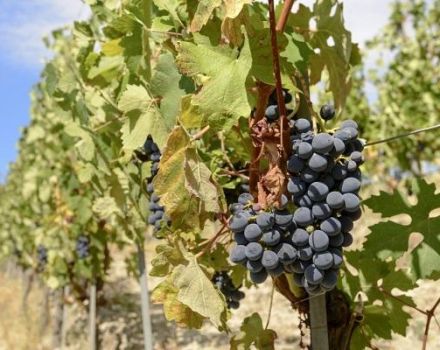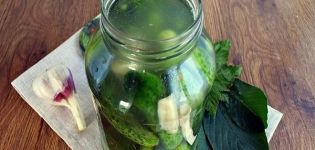Types and description of beans varieties, cultivation features
The bean plant is on the list of vegetables whose benefits are difficult to overestimate. The protein composition of the culture is close to the proteins of fish and meat. The vegetable is perfectly absorbed by the body. In addition to nutritional potential, it has a powerful healing effect used in folk and official medicine. An unpretentious plant occupies a worthy place on personal plots and fields of agricultural enterprises.
Features of beans
This vegetable first appeared in South America and has spread throughout the world, adapting to the climatic conditions of a particular country. Describing common beans, one cannot but mention that this plant belongs to legumes. This family includes a large number of varieties and varieties, which makes it possible to draw up only an approximate, generalized portrait of the culture.

The stem is a herbaceous, erect or curly trunk, the lower part of which becomes woody over time and turns into a tap, branching root. Paired, trifoliate leaves. Elongated racemes are covered with moth flowers, the color of which depends on the type of beans.
Long hanging fruits are straight and curved and hide 2-8 elliptical seeds behind the valves.
Types and varieties
About a hundred types of beans are known, which are divided into groups:
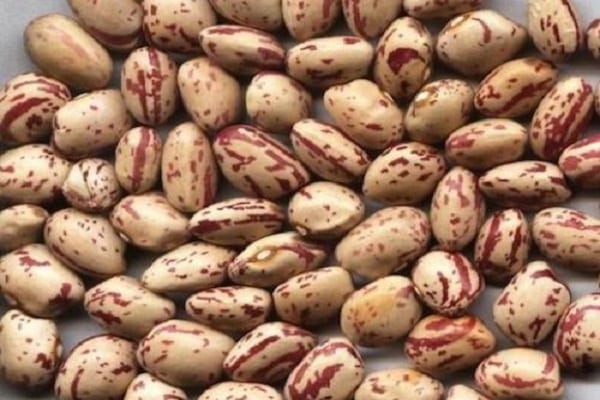
- Shelling (grain). Only grains are edible. It is grown as a table and fodder crop. It is important to wait for the seeds to ripen.
- Asparagus (sugar). High in vitamins and proteins. Does not have a parchment layer and hard fibers. Not only beans are used for food, but also the whole pod. Allowed to be consumed fresh, in salads and vegetable dishes. It is important not to be late with the harvest.
- Semi-sugar. Remove coarse fibers before use.
- White. Cooking features: take a moderate amount of water and do not stir the beans. Low in protein and high in iron make this product indispensable for overweight people and the elderly.
- Red (curly). With thick, curved pods and red beans. Indispensable for preparing first courses, suitable for side dishes and salads. The rich content of vitamins and fiber has a positive effect on the nervous and immune systems, improves skin condition.
- Black. Differs in black color, silky beans surface and smoked smack with a sweetish tinge. Good in soups, salads, desserts and pastries.
- Stringy. Juicy, fleshy green pods with tender seeds are eaten whole.The presence of fiber and complex carbohydrates determines the inclusion of beans in the diet.
- Decorative. It is used for landscape design - as if it was created for this. The color of the bean flowers matches the color of the fruit. Bean leaves provide shade for gazebos and terraces.
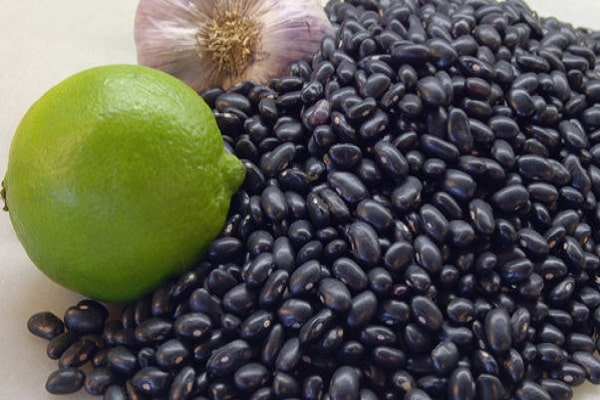
Division of varieties by ripening time:
- early maturing;
- mid-early;
- medium;
- mid-season;
- late.
Appearance is another sign of qualifications:
- bush;
- curly;
- half-curling.
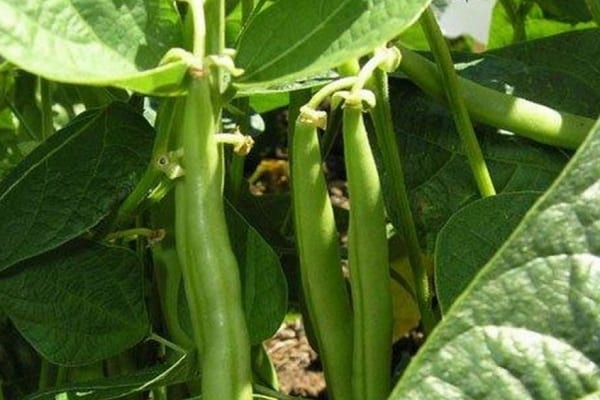
Common varieties of vegetable beans that are popular with summer residents and gardeners:
- The purple queen. Average ripening period. Almost black fruits reach 15 cm. Resistant to viral diseases and drought.
- Melody. An early curly variety with flat pods, 13 cm long.
- Crane. Low-growing pod variety with delicate fruits suitable for freezing and conservation.
- The oil king. Differs in high yield and exquisite taste.
- Hell Rem. Curly look. It stands out with pink grains with a mushroom flavor.
- Yubileynaya 287. Low-growing early variety with immunity to common diseases.
- Dokuchaevskaya. Shrub, drought-resistant, not prone to shedding. Possesses excellent taste.
- Generous. Early maturing, large-fruited. Suitable for conservation.
Having familiarized yourself with the types and characteristics of beans, it is not difficult to choose the variety that suits you.

Growing leguminous beans
By following the recommendations for growing a crop, you can get a storehouse of trace elements, vitamins and minerals without leaving your site.
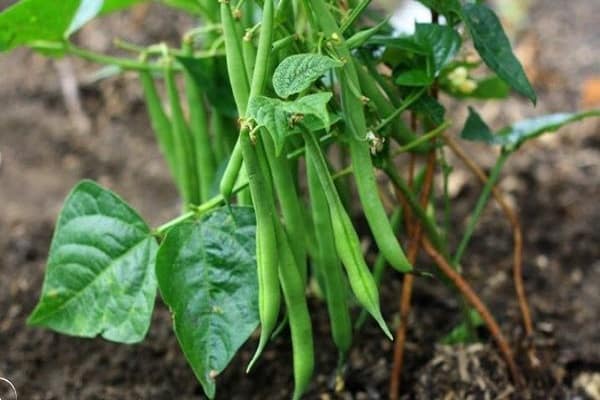
Seed preparation
Before sowing seeds, they must be sorted out, removing sluggish, empty, damaged ones. The weight of beans is determined by soaking in salted water - unusable specimens will float to the surface. It is recommended to soak the seed for 6 hours in warm water, 20 minutes in a manganese solution and 2 hours in a solution of wood ash. Then the beans are washed, slightly ventilated, and only then are they planted in moist soil. Treatment with fungicides immediately before planting or short-term placement in a solution of boric acid + ammonium is not prohibited in order to prevent the appearance of the root weevil.

Landing dates
Sowing beans is carried out in the soil, warmed up to 12 degrees, to a depth of 10 cm. The air temperature should not drop below +15 degrees during the day, and the threat of night frosts has passed. Heat-loving climbing varieties are planted a week later than bush. The exact date is determined by the climatic conditions of the region.
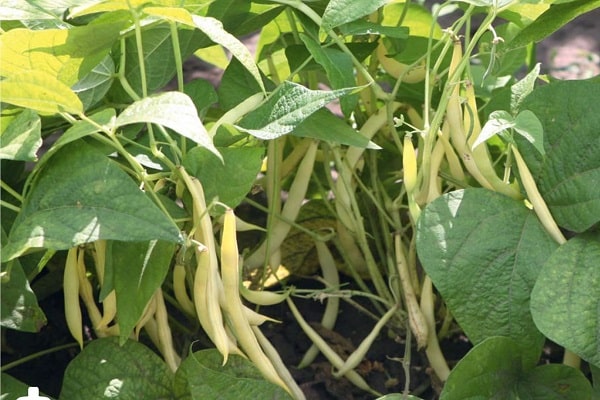
Environmental requirements
The vegetable plant grows successfully when artificially shortening the lighting is organized by covering the ridges with opaque material. Due to the short daylight hours (up to 12 hours), fruiting occurs more quickly, and the yield increases. It is important to follow these recommendations at the beginning of the growing season.
Many modern varieties of domestic selection are neutral to the length of daylight hours.
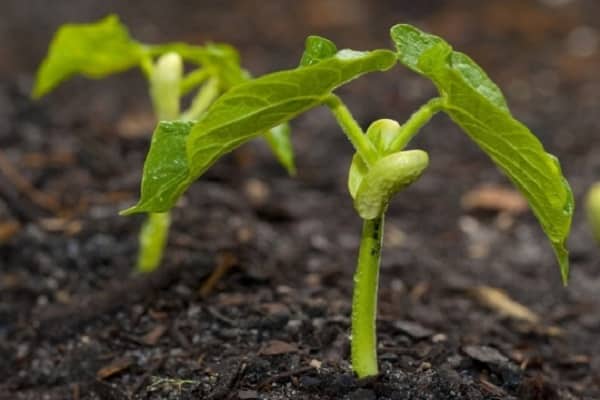
Precursors for beans
Beans should be planted after cucumbers, peppers, eggplants, cabbage or tomatoes and not returned to the same place earlier than three years later. The neighborhood of culture with potatoes, beets, carrots, onions, cabbage will be good. But the richest harvest is obtained when growing next to cucumbers. In no case should you plant beans close to legumes, it attracts pea mothcapable of destroying landings.

Soil preparation
The vegetable responds to competent soil preparation, which includes:
- selection of a dry place;
- autumn digging of the site;
- applying a moderate amount of organic fertilizers;
- liming of acidic soils;
- loosening the earth by adding sand;
- sprinkling the ridges with wood ash;
- spring harrowing.
Despite the unpretentiousness, the culture withers in the shade and on marshy grounds.

Sowing beans
Bean seeds they are laid out in furrows at a distance of 20-25 cm, at a depth of 3-5 cm. The interval between rows depends on the variety: 30-60 cm. When planting climbing and semi-climbing species, take into account the place for a support, which is set 15 cm from the plant. These varieties are often used to compact other legume-compatible vegetable crops or are planted along the fence. Mixed planting is beneficial for plants, as beans enrich the soil with nitrogen.
To get an early harvest, plants need to be grown in seedlings. Seedlings are planted on ridges at the end of April in the phase of two leaves and are covered with plastic wrap.

You can not sow beans in unheated soil, the seeds will rot at the stage of development.
Care
Agrotechnical measures include weeding, loosening, watering, fertilizing, if necessary, thinning and pruning. Determinant bushes need the least attention. Curly and semi-curling varieties are responsive to regular feeding.
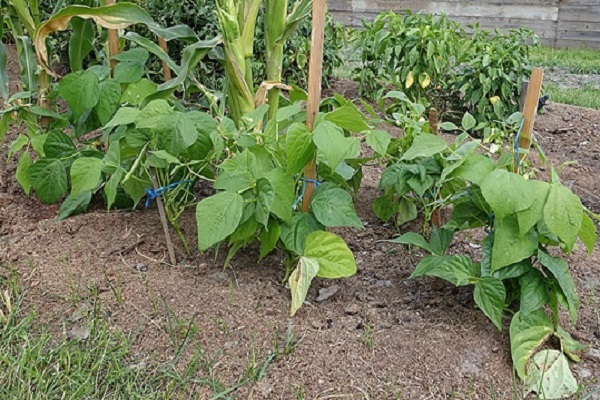
Timing of watering beans
A moisture-loving plant should not suffer from a lack of water, especially during the formation of pods. Watering is carried out once a week, the main thing is to prevent the soil from drying out. It is recommended to use warm, settled water.

Fertilization features
During the growing season, beans are fed three times:
- When a pair of leaves appears, fertilizers are applied containing phosphorus and potassium at the rate of 20 g per square meter.
- At the very beginning of flowering, plants need an additive in the form of potassium chloride: 15-20 g per square meter or a glass of wood ash.
- During the ripening period of the blades, phosphorus-potassium fertilizers are again applied.
An excess of fertilizer leads to the growth of tops and a decrease in the number of ovaries.
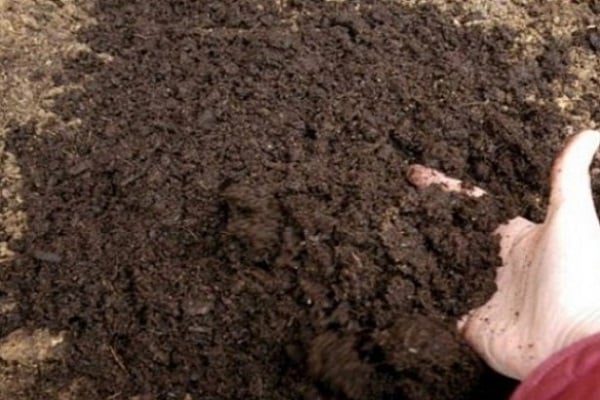
Bean garter
Curly beans must be fixed on trellises or a large mesh. You can stretch a wire or twine between the supports. Sometimes the nesting method is used, planting beans around the stake with pieces of twine going in all directions, along which the stems rise.
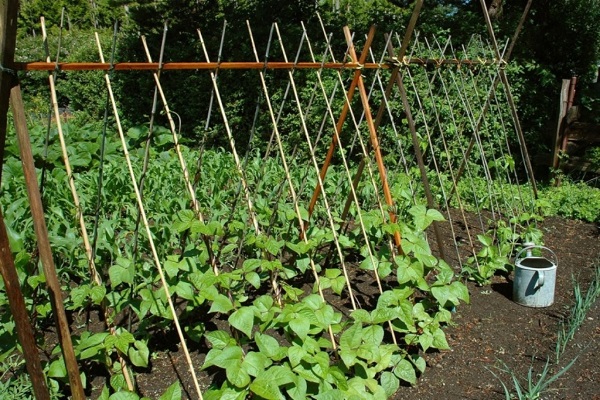
Diseases and pests
Beans are susceptible to diseases caused by viruses, bacteria and fungi. Downy mildew, anthracnose, mosaic of legumes, white rot can inflict the greatest damage. In order to prevent diseases, the use of copper-containing preparations is effective. Of the insect pests, the culture is most often affected by slugs, which should be destroyed, removed weeds, and moistened the soil.
Locusts, sprout flies, whiteflies, and aphids are dangerous. Chemical and biological agents will serve as protection for plants. It helps to attract beneficial (predatory) insects to the site, such as a horsewoman, gall midge, ladybug, lacewing. The development of diseases is impeded by the neutralization of acidic soils, processing of seed material, observance of crop rotation, and burning of plant residues.
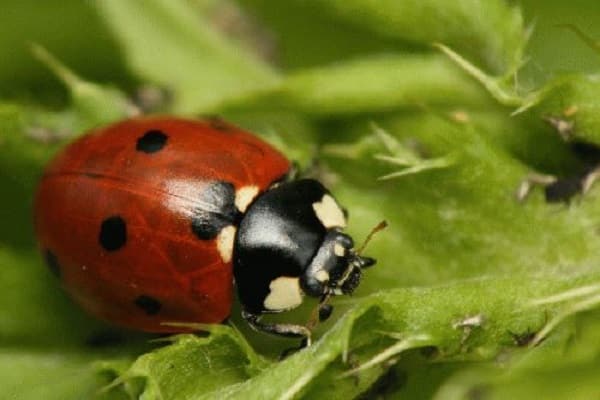
Harvesting and storage
Young fruits are suitable for fresh consumption 14 days after flowering. The pods are cut with scissors in the morning. Storage is possible canned or frozen. When the crop is grown for the purpose of obtaining grain, you need to wait for the fruit to dry, cut off the stems, tie in bunches and hang to ripen the seeds. The husked beans are placed in glass jars and sealed. The specimens selected as seed are placed in a refrigerator for storage.
For preservation, the product is used boiled, soaked in warm water overnight before cooking. Further actions depend on the chosen recipe.
Green beans are frozen as follows:
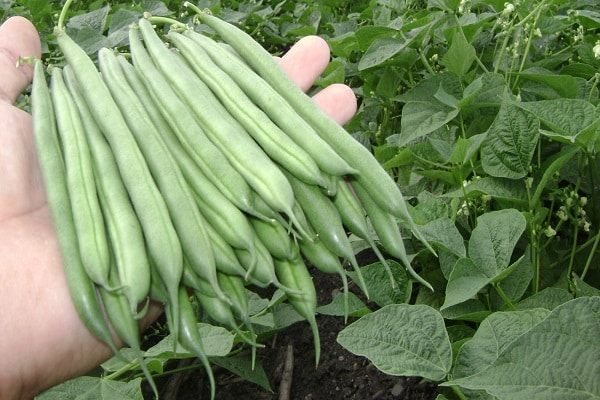
- washed pods are laid out on paper towels to get rid of excess moisture;
- pods are randomly cut;
- distributed in packages;
- placed in the freezer.
It is recommended to blanch the beans to preserve their green color.
Beans are a hearty and healthy product that can be used as a side dish and are part of various dishes. The unpretentiousness of this vegetable crop makes it possible to obtain a rich harvest even for an inexperienced gardener.
